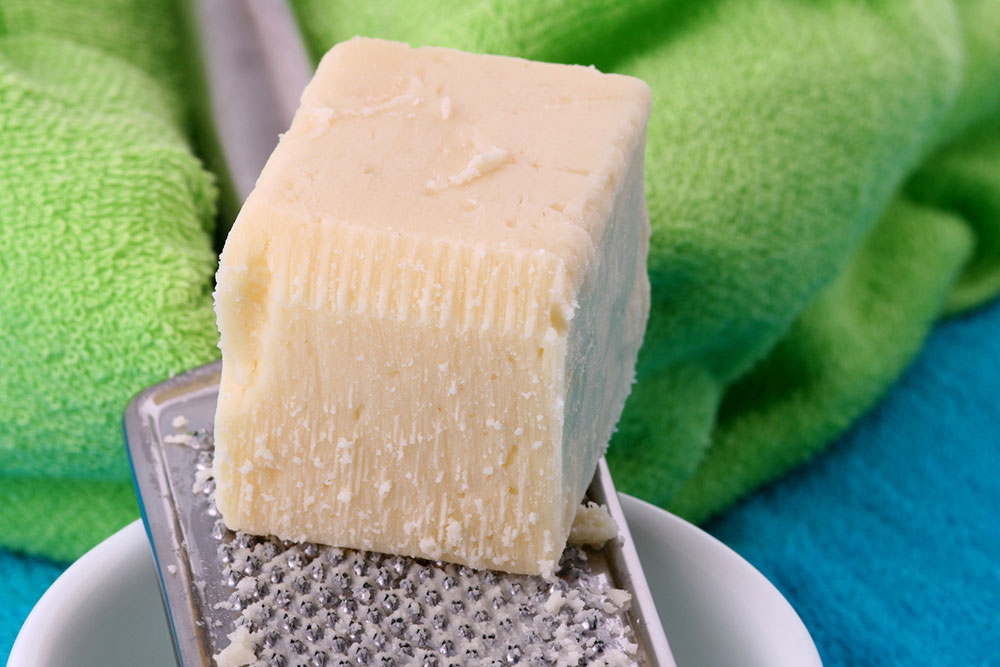
11 food items that worsen hereditary angioedema
Hereditary angioedema (HAE) is a rare genetic disease characterized by recurrent episodes of severe swelling, often in the face, throat, and abdomen. Various factors can trigger HAE. However, certain foods have been identified to worsen the condition. One should take note of these food items to avoid unintentionally triggering the condition and exacerbating its symptoms. Eliminating or carefully including these foods in meals can help individuals manage their condition better and avoid unwanted complications.
Aged cheese
Aged cheese items like blue cheese and cheddar contain elevated histamine levels. Histamine is a compound that can lead to the dilation of blood vessels, potentially triggering or worsening HAE symptoms. For individuals with HAE, consuming aged cheeses can increase histamine levels in the body, which may result in heightened swelling and discomfort.
Processed meats
Processed meats like smoked sausages and cured hams contain histamine and harbor additives like sulfites. These compounds have been linked to the worsening of HAE symptoms. For individuals with HAE, eating these meats may increase histamine levels, potentially causing an episode.
Shellfish
Crustaceans such as shrimp, crab, and lobster are a well-known source of histamine in foods. Eating shellfish can elevate histamine levels, increasing the risk of an HAE episode. People with HAE are advised to choose alternative protein sources to mitigate this risk.
Nuts
Food items like walnuts contain some level of histamine. For individuals with HAE, consuming these specific nuts may increase histamine levels, leading to swelling and discomfort.
Spinach
Spinach and tomatoes are both rich in histamine-releasing properties. They can prompt the body to release more histamine, potentially leading to an episode in individuals with HAE. Therefore, it is advised to explore alternative sources of essential nutrients that could replace these vegetables.
Spicy peppers
Specific varieties of spicy peppers, like jalapeños, habaneros, and cayenne peppers, contain capsaicin, a compound that can stimulate blood flow and potentially exacerbate swelling in individuals with HAE. Those with HAE should cautiously approach dishes seasoned with these specific spicy peppers.
Strawberries
Strawberries and pineapples contain enzymes and compounds that may prompt histamine release, potentially leading to an HAE episode. While delicious, it is recommended to eat these fruits in moderation for those with HAE.
Processed foods with additives
Processed foods like ready-made meals, snack bars, and certain sauces often contain artificial additives, including sulfites and preservatives. These additives can be problematic for individuals with HAE, potentially triggering symptoms. Reading labels carefully and choosing natural, additive-free alternatives can be a wise choice.
Oranges
Oranges, lemons, and grapefruits are high in histamine-releasing properties. While they are a rich source of vitamin C, individuals with HAE should be cautious with their intake to avoid potential histamine-induced reactions. Exploring alternative sources of vitamin C is advised.
Papaya
Both papayas and mangoes contain enzymes like papain and bromelain that may stimulate histamine release. Individuals who often include these foods in their daily intake might have to deal with increased histamine levels in the body. It could also cause swelling and discomfort for the patient and trigger additional HAE symptoms.
Kimchi
Fermented foods like kimchi and kombucha are known to be rich in histamine. For individuals with HAE, eating these foods will increase their histamine levels, potentially triggering an episode. Therefore, it is advised to opt for alternatives that are lower in histamine content.


